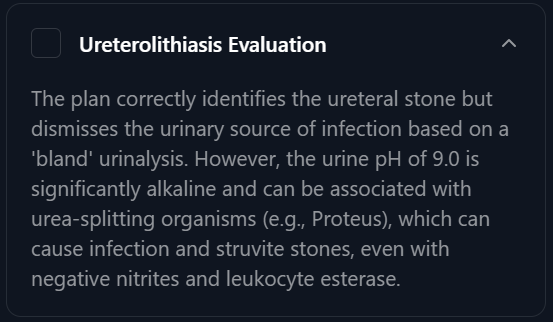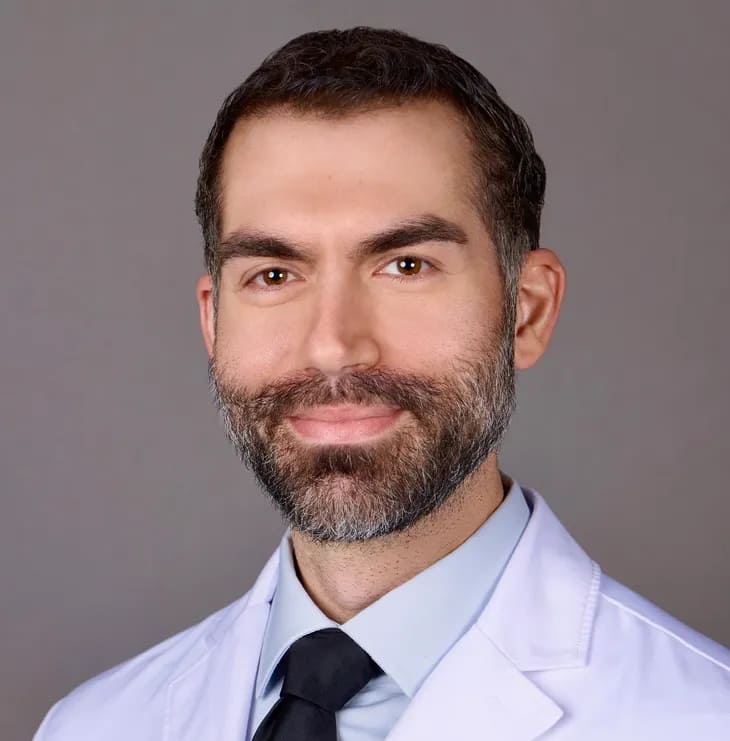Mouse AI: A Second Set of Eyes for Every Note
Introducing Mouse AI—a multimodal generative AI that doesn't just generate clinical notes, it critiques them. Get guideline-directed feedback before you hit 'sign.'

Executive Summary
When physicians write notes, the stakes are high. A single omission or overlooked detail can mean the difference between a thorough care plan and one that misses a critical guideline. Around Notes was built to take that pressure off—but we didn't stop there.
Meet Mouse AI, a multimodal generative AI that doesn't just generate notes—it also critiques them. Think of it as your sharp-eyed colleague looking over your shoulder, ready to point out what you might have missed.
How It Works: Generative + Critical Modes
Mouse AI has two brains working together:
- Generative Brain – Builds complete notes from your inputs: vitals, labs, prior notes, consults, and your own decision-making.
- Critical Brain – Another independent module switches on, going into "reviewer mode." Instead of politely nodding at the note, it challenges it—flagging missing guideline-directed therapies, suggesting additional workup, even looking for mistakes such as medications planned but not ordered.
This combination means you're never just getting automation—you're getting a true second opinion on your note.
And now, with our latest update, you can apply Mouse AI's suggestions directly into your note with one click. Of course, you can toggle the feature on or off depending on your preference. Some doctors want a constant reviewer; others only want to call it in at discharge. The control is yours.
Examples from Real Patient Notes
Here's where it gets interesting. These aren't generated examples—Mouse AI's critiques come from actual patient cases (de-identified, of course).
Example 1: Acute Pancreatitis
"The initial workup for etiology is incomplete. A fasting triglyceride level is essential to rule out hypertriglyceridemia-induced pancreatitis, which requires specific management. Furthermore, guidelines recommend Lactated Ringer's solution over Normal Saline for initial hydration, as it may reduce the systemic inflammatory response."
That's not just a suggestion—it's a reminder to align with current evidence-based guidelines, delivered before you hit "sign."
Example 2: Incomplete Management of Suspected Variceal Bleed
"The patient's history is highly suspicious for a variceal bleed, not just a generic UGI bleed. The current plan is missing two critical, guideline-directed therapies: a vasoactive agent (octreotide) to reduce portal pressure and prophylactic antibiotics (ceftriaxone) to prevent Spontaneous Bacterial Peritonitis. A PPI alone is insufficient for a suspected variceal source."
This is the kind of feedback you'd expect from a GI fellow double-checking your plan at 3 AM. Now it's built into your workflow.
Why This Matters
Doctors are smart. But they're also human—working long hours, managing complex patients, juggling consults, admissions, and discharges. Even the best among us can forget a guideline nuance at 2 in the morning.
Mouse AI doesn't replace judgment—it sharpens it. The decision is always in your hands. Mouse AI is designed to:
- Reduce diagnostic blind spots
- Improve adherence to evidence-based guidelines
- Save time on double-checking references
- Boost confidence that your plan is complete
The Future of Documentation
Around Notes was already about more than just speed—it's about safety, quality, and support. With Mouse AI as your digital colleague, you're not just writing faster; you're writing smarter.
Because sometimes, the most valuable thing you can have at the bedside is not another task, but another set of eyes.


Tags
About the Author

Dr. Micheal Massoud
Founder & Hospitalist | Wharton EMBA
Physician, founder, and Wharton Executive MBA candidate with roots in military medicine and a mission to make healthcare human again. Former Air Force officer who practiced hospital medicine across the globe and founded Around Notes—an AI-driven platform that helps hospitalists write better notes, faster. At Wharton, I'm bridging healthcare, technology, and leadership to create tools that amplify clinicians, not replace them.